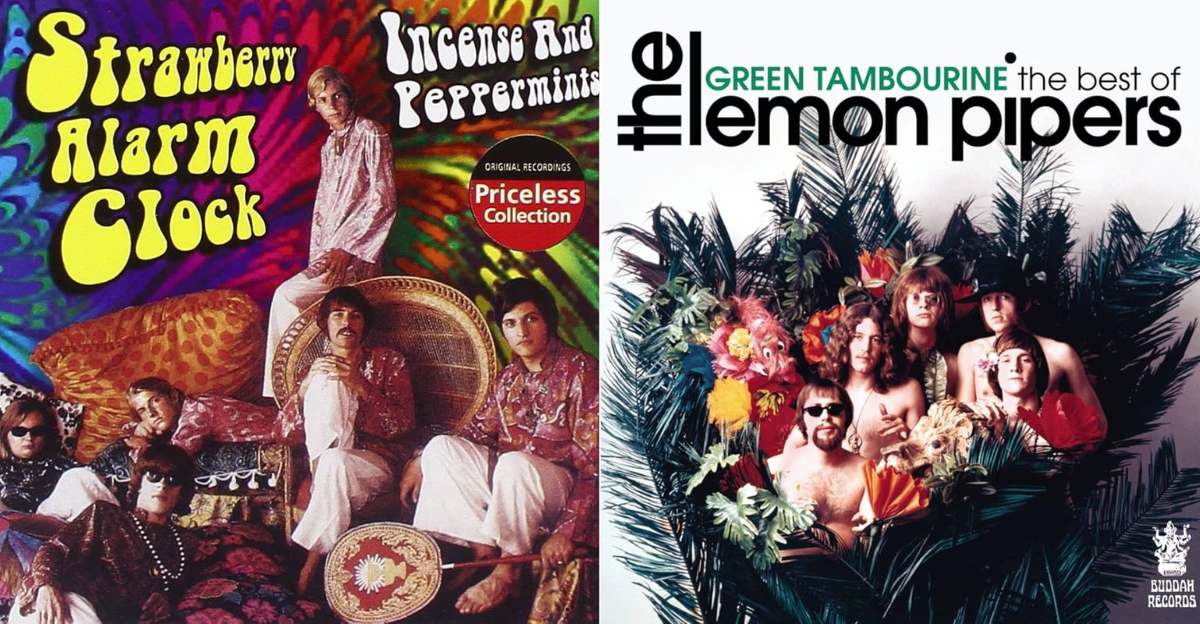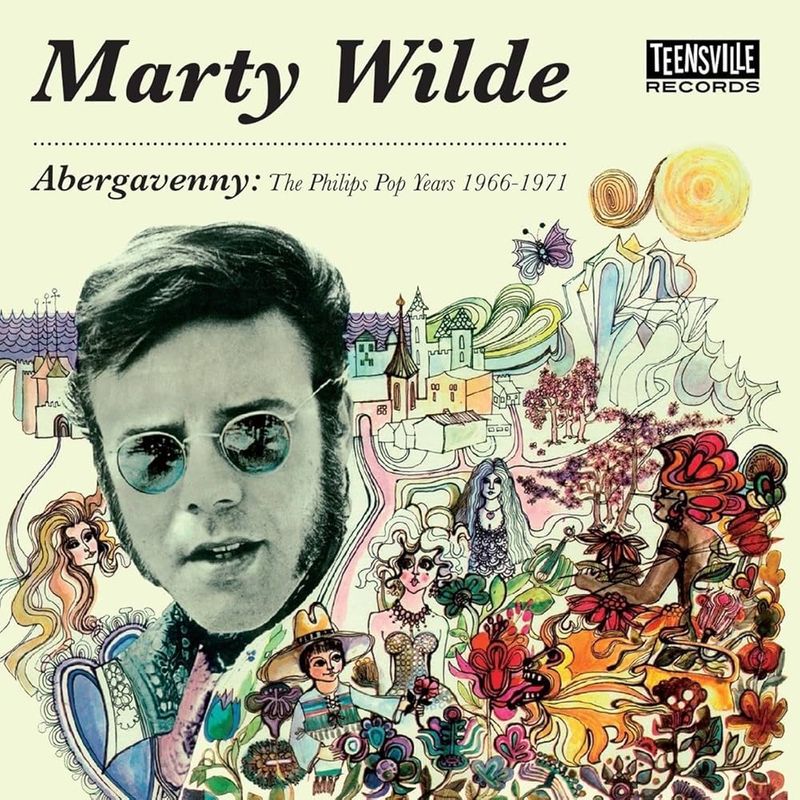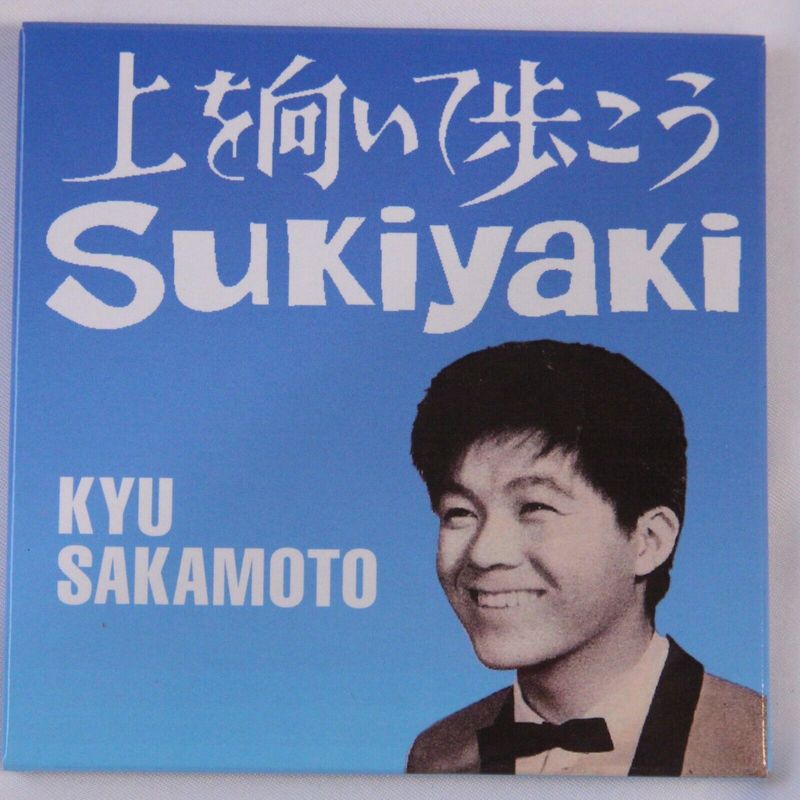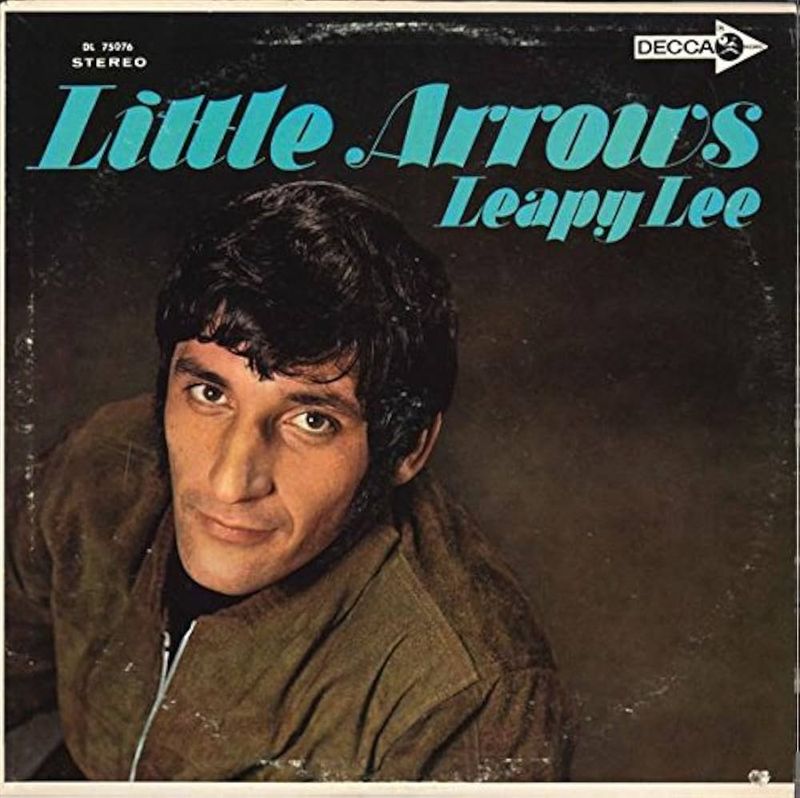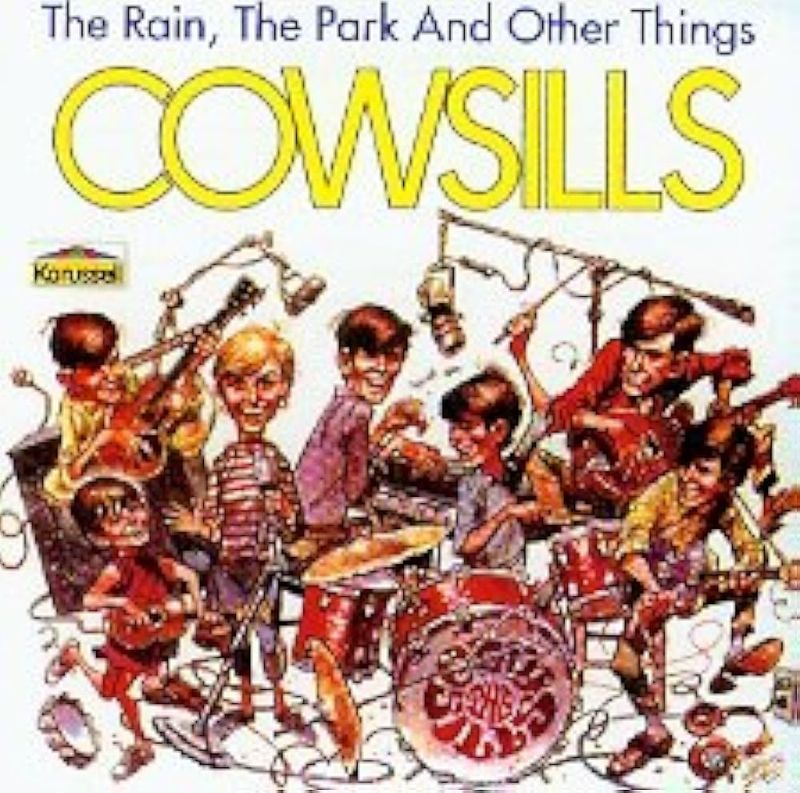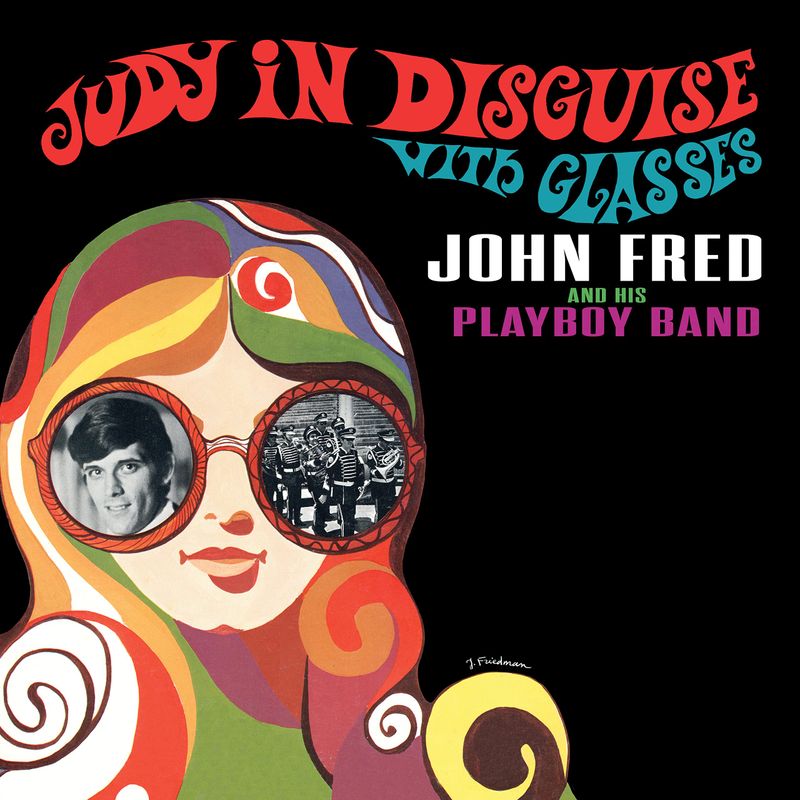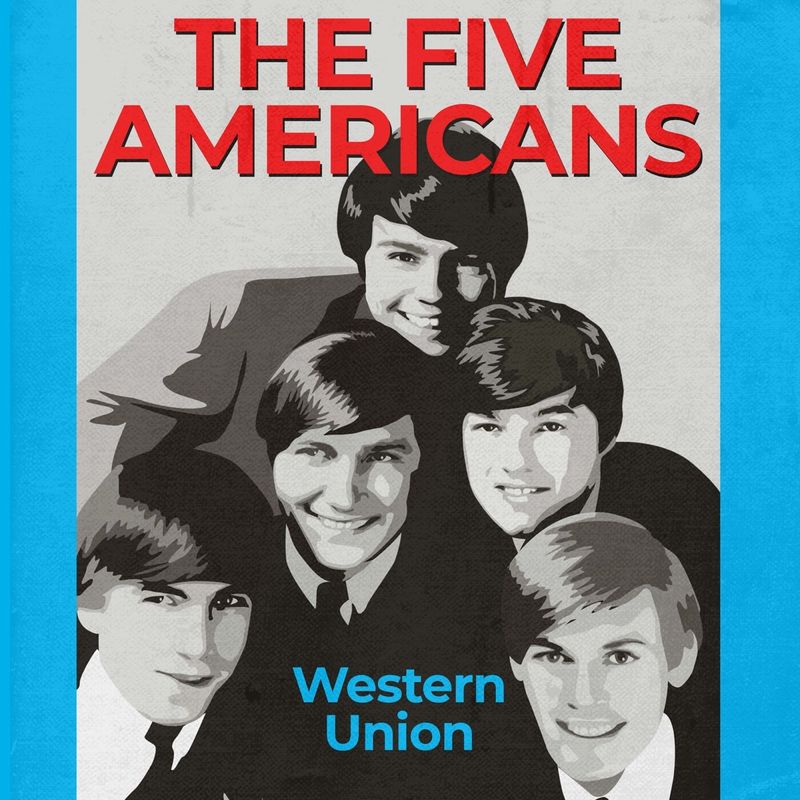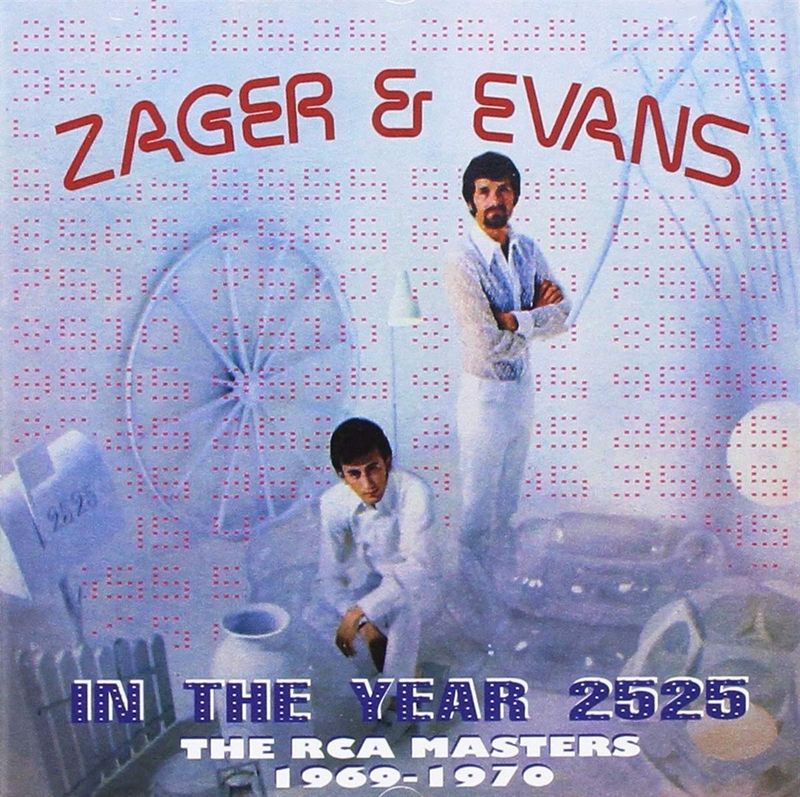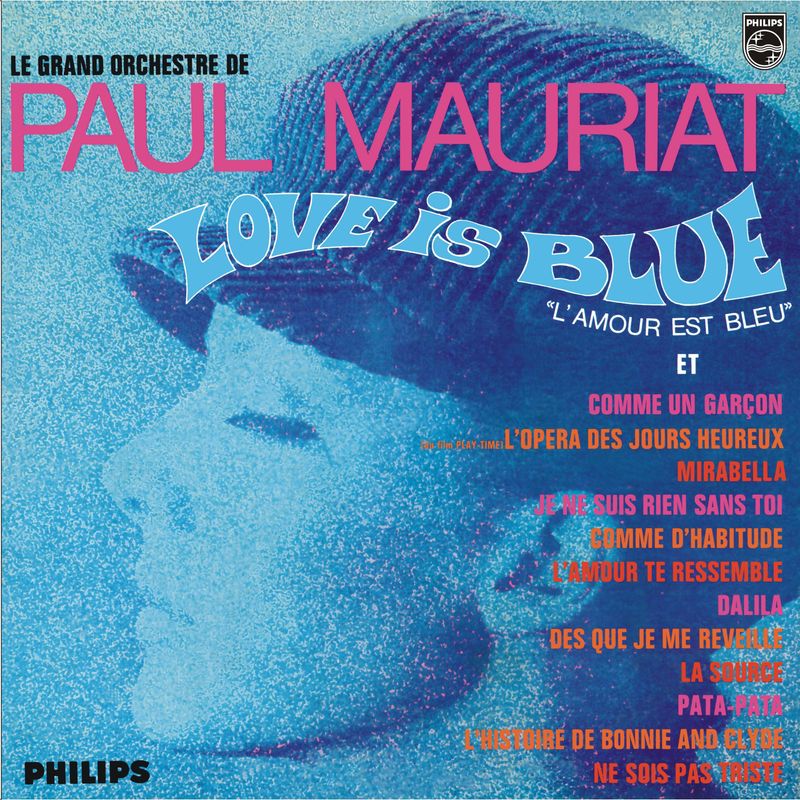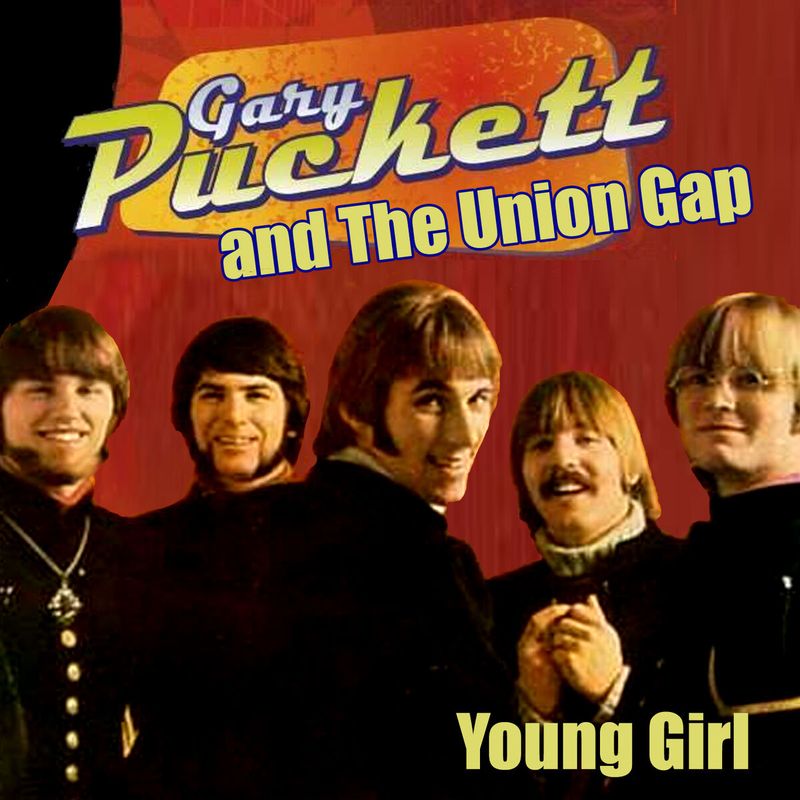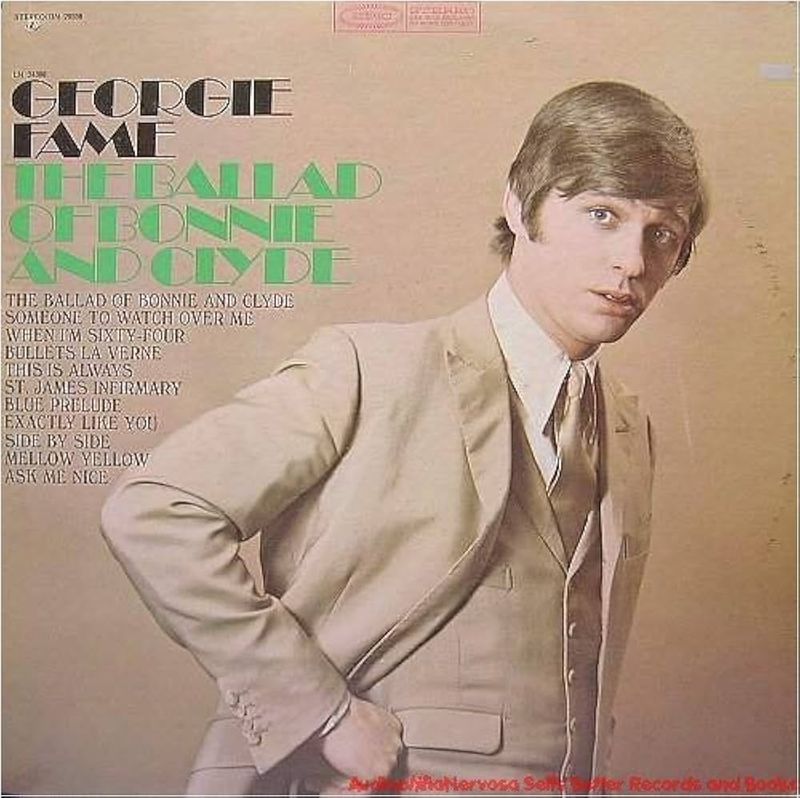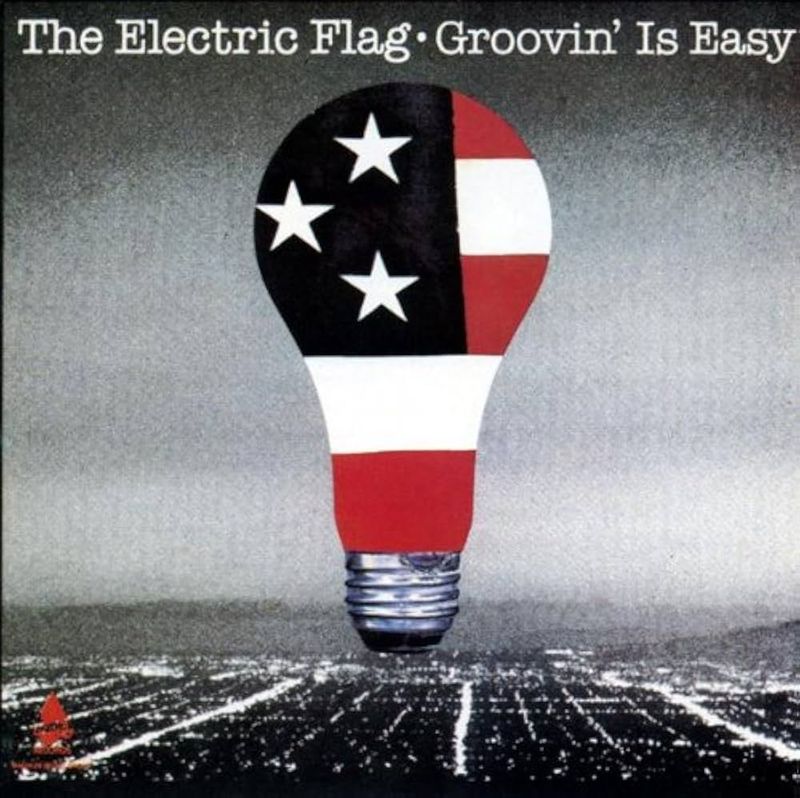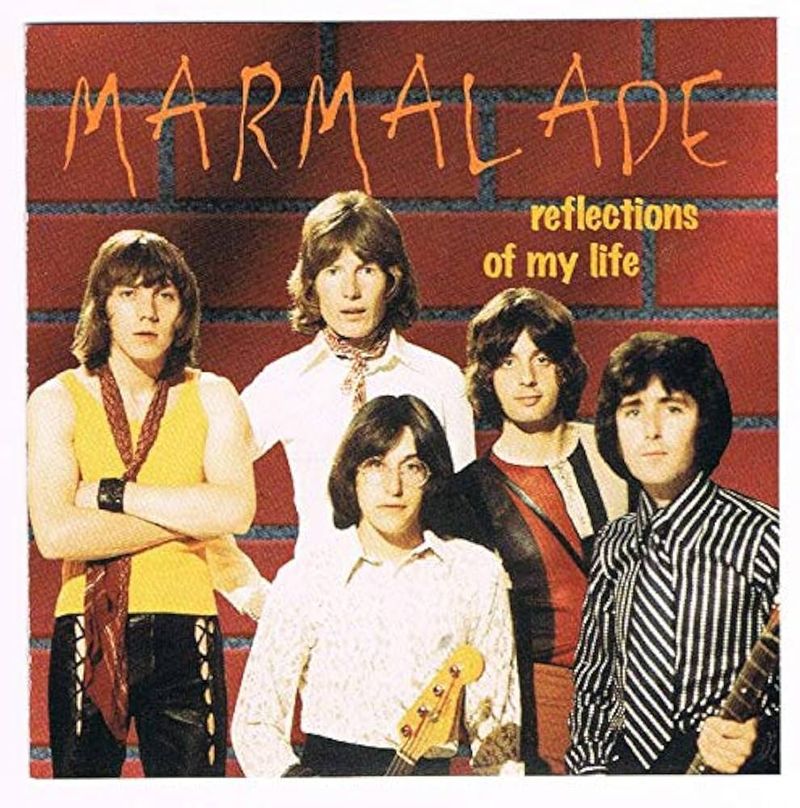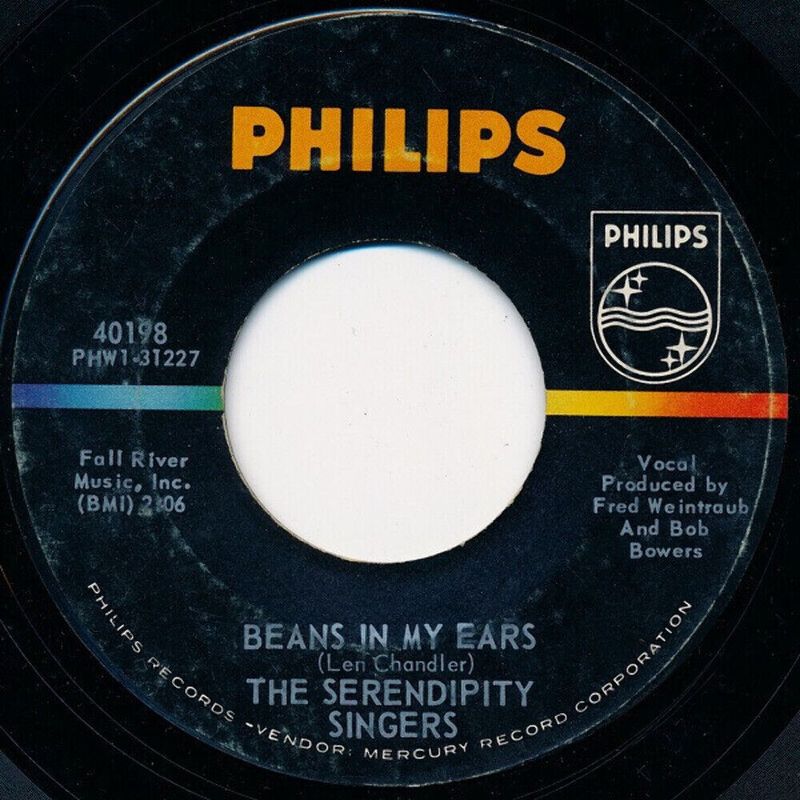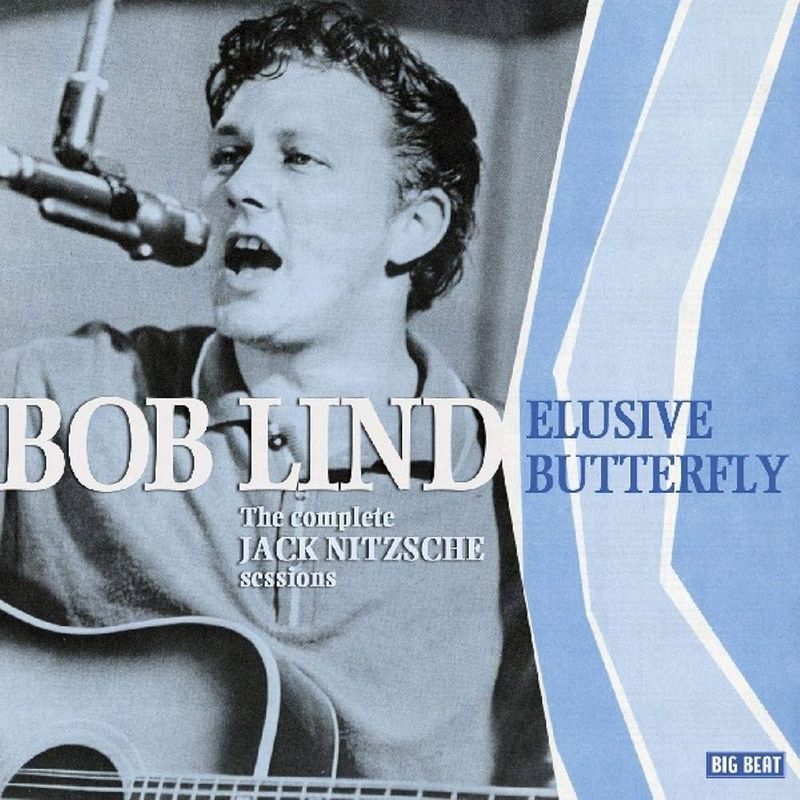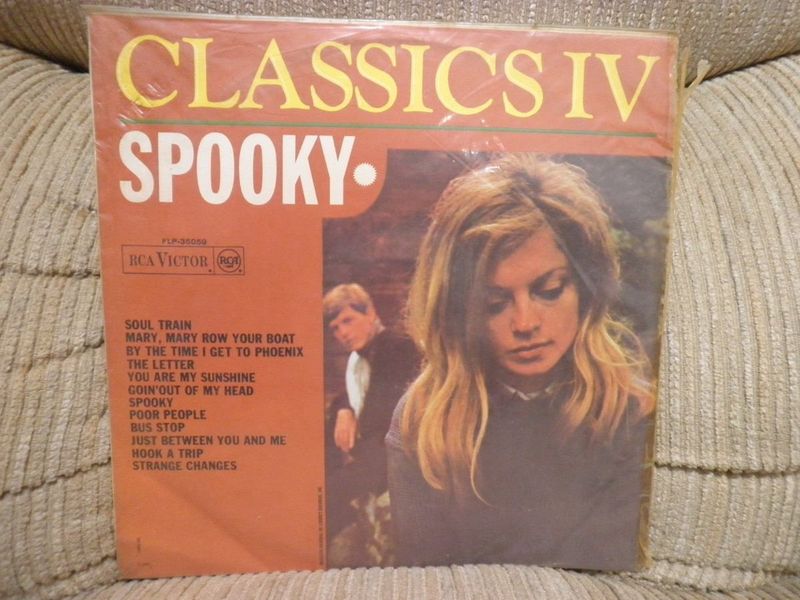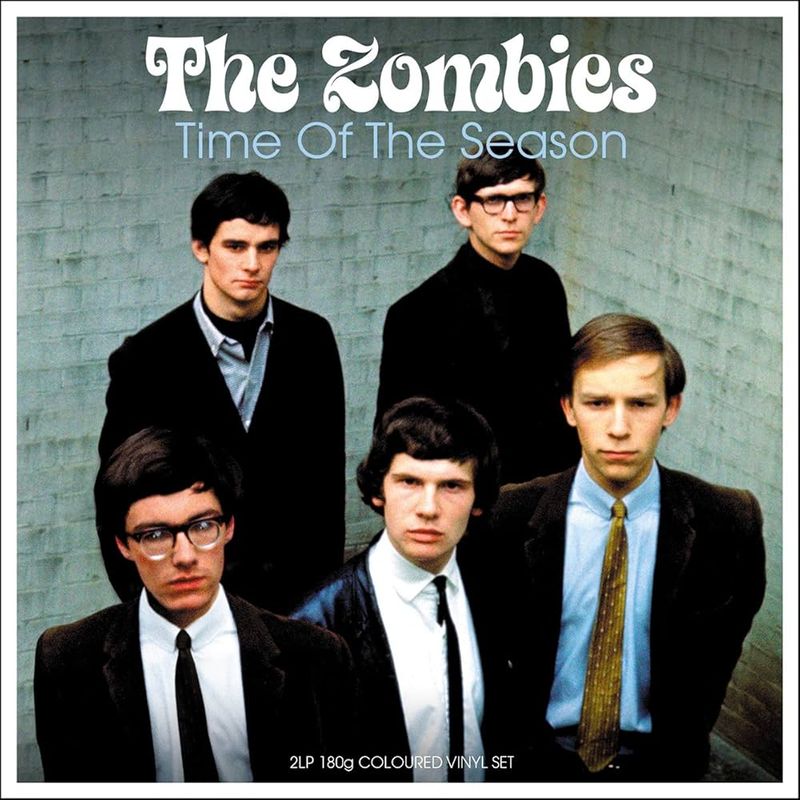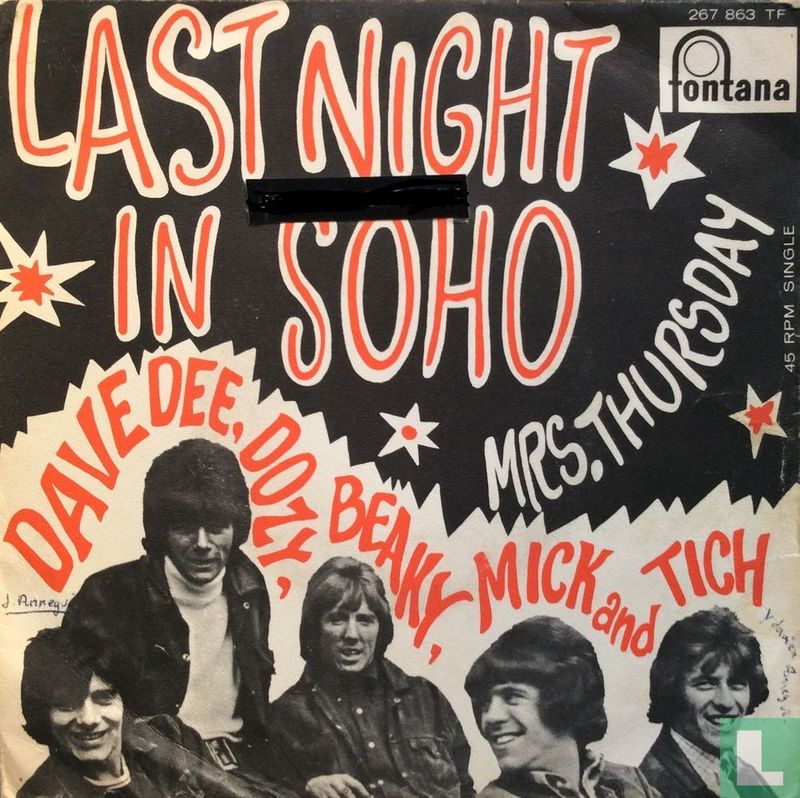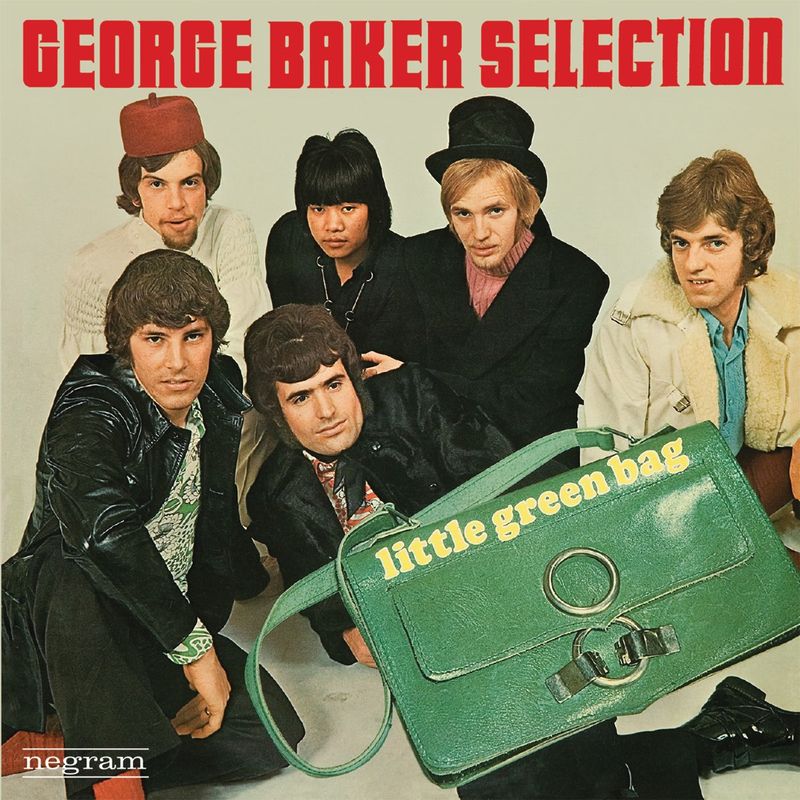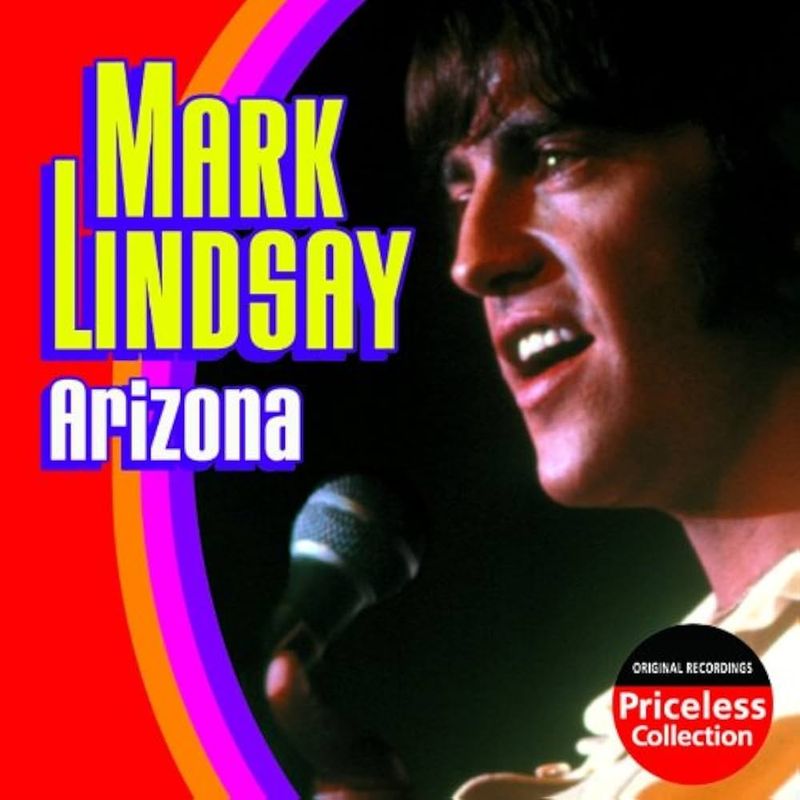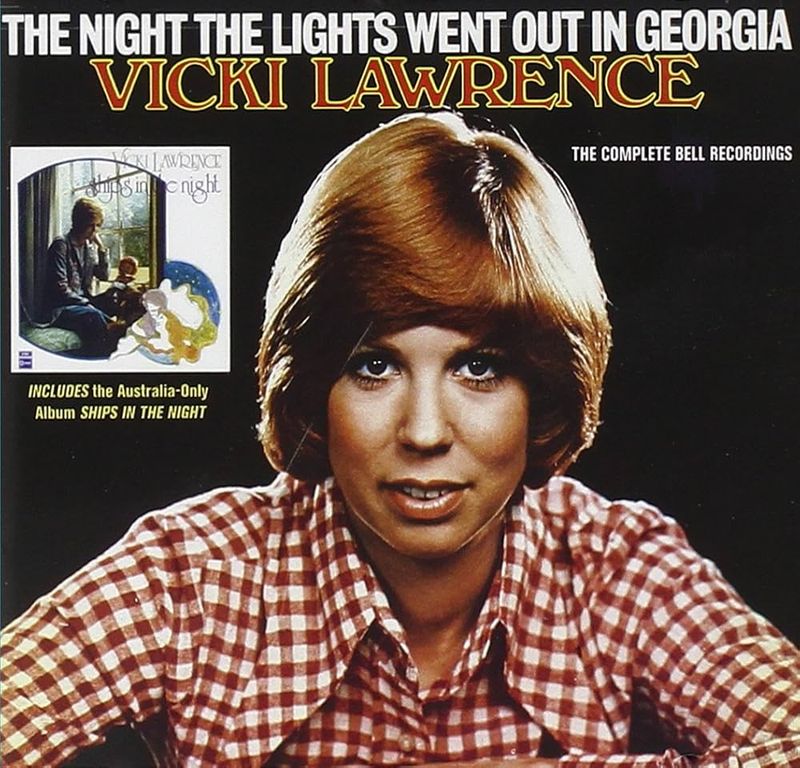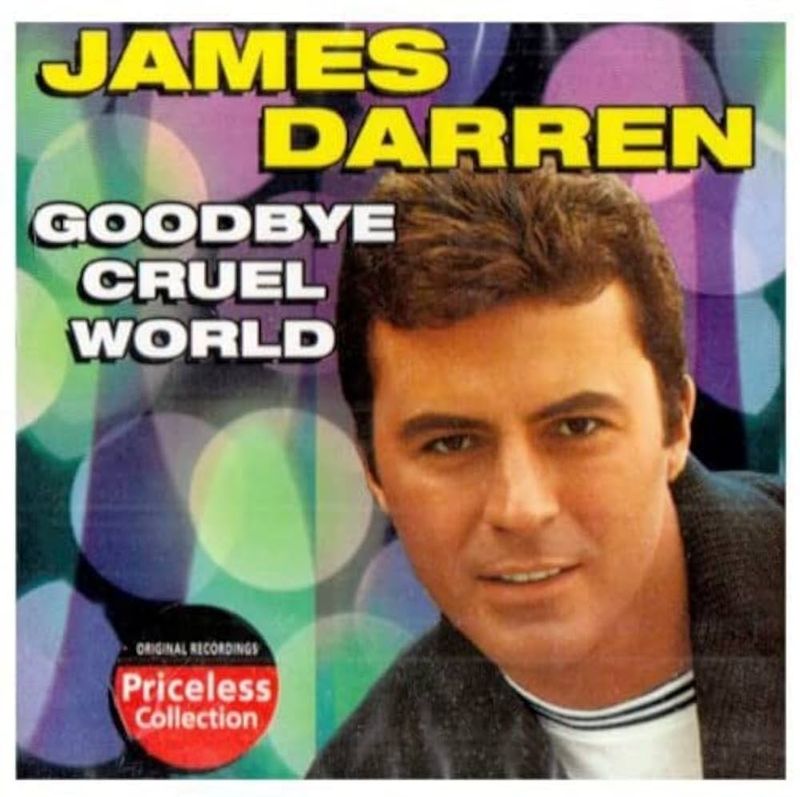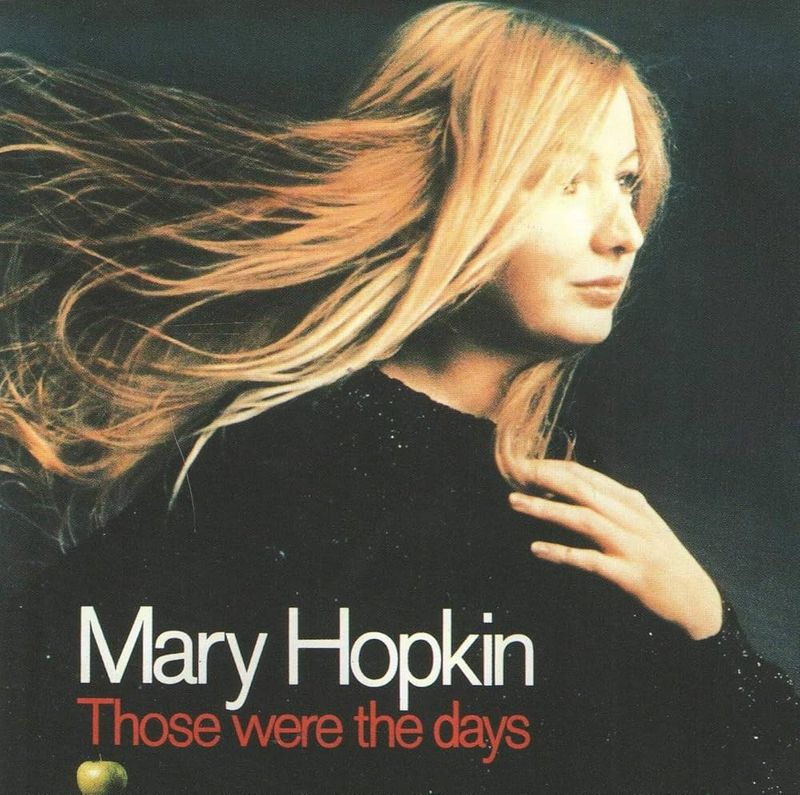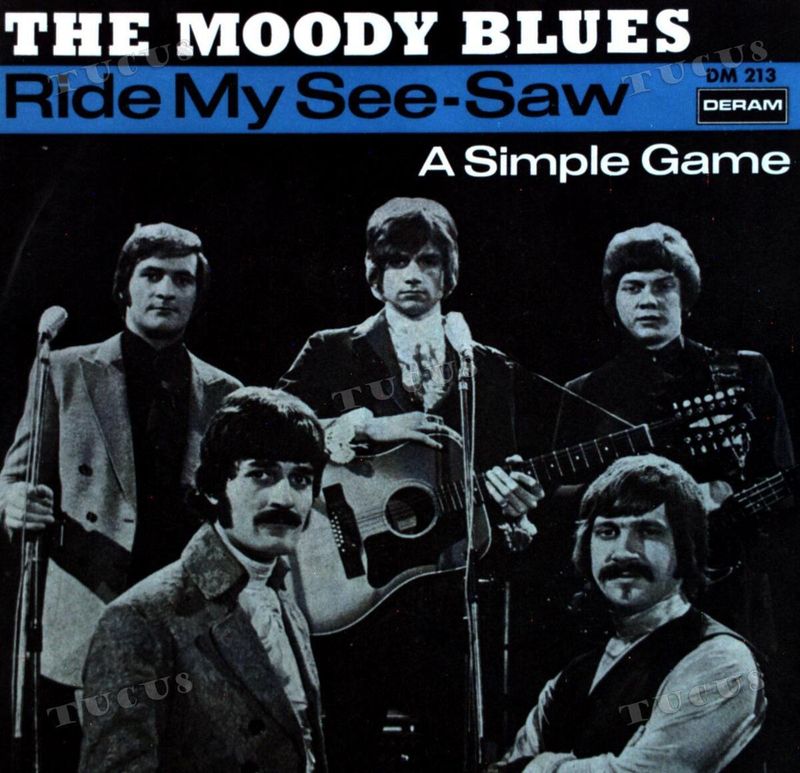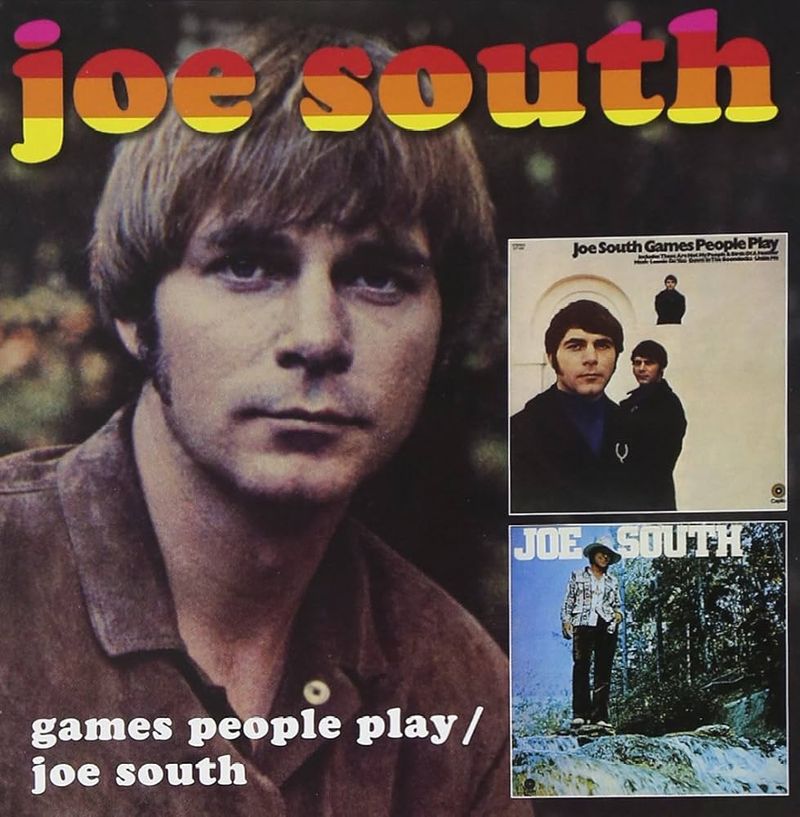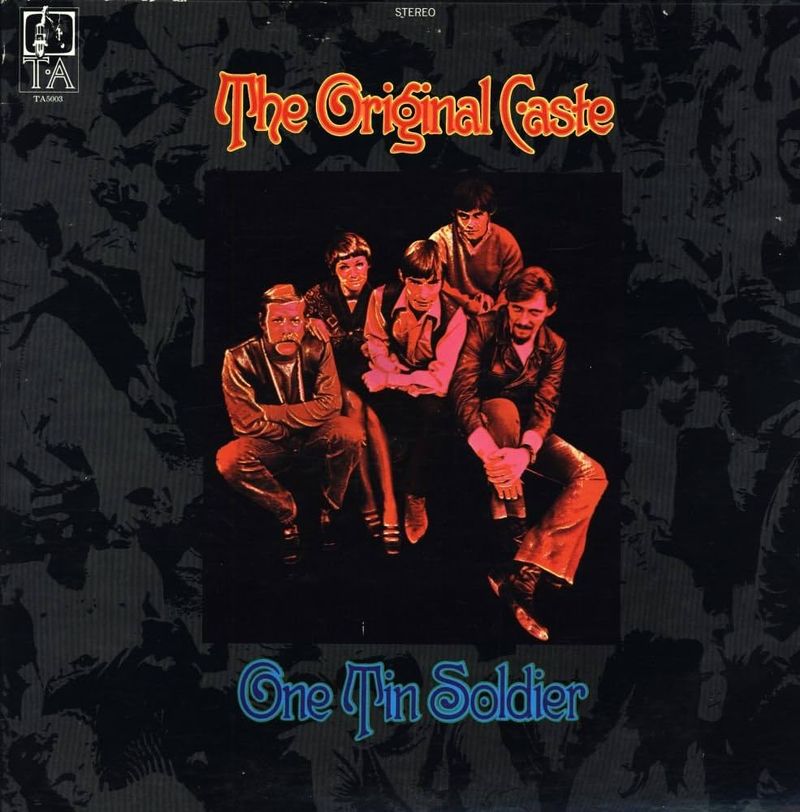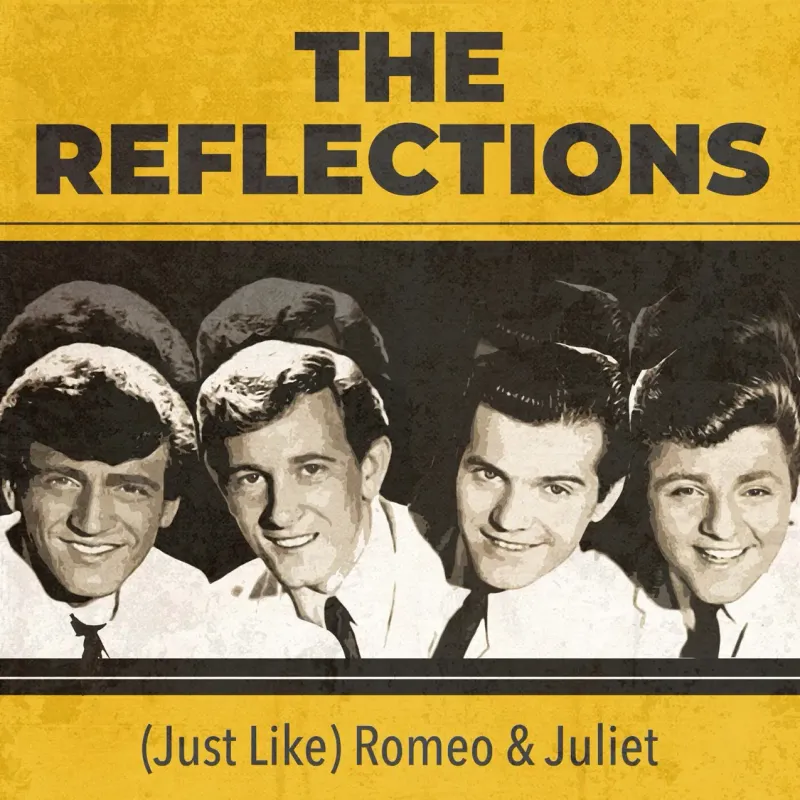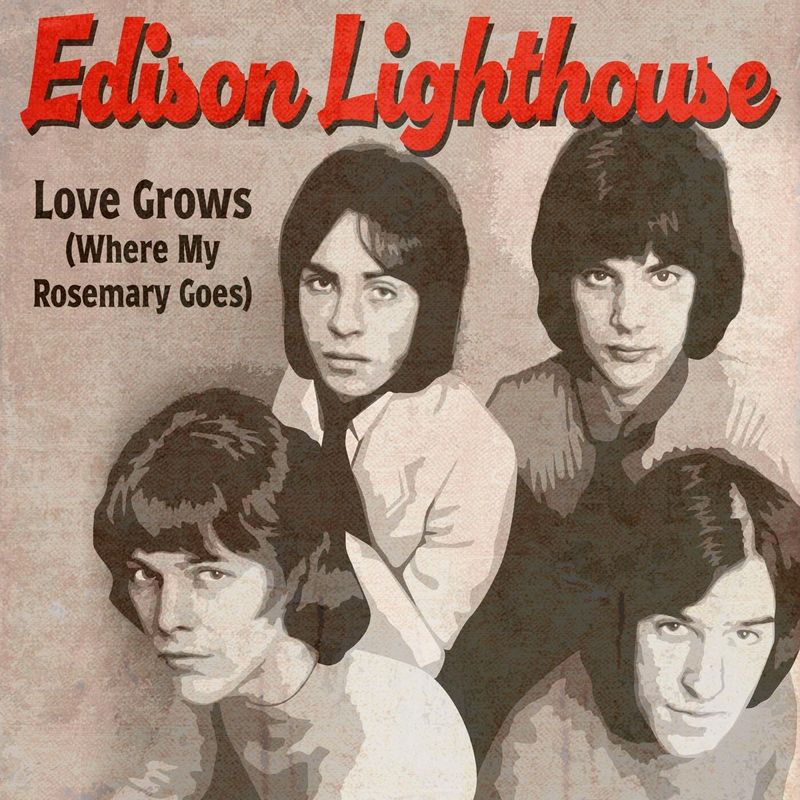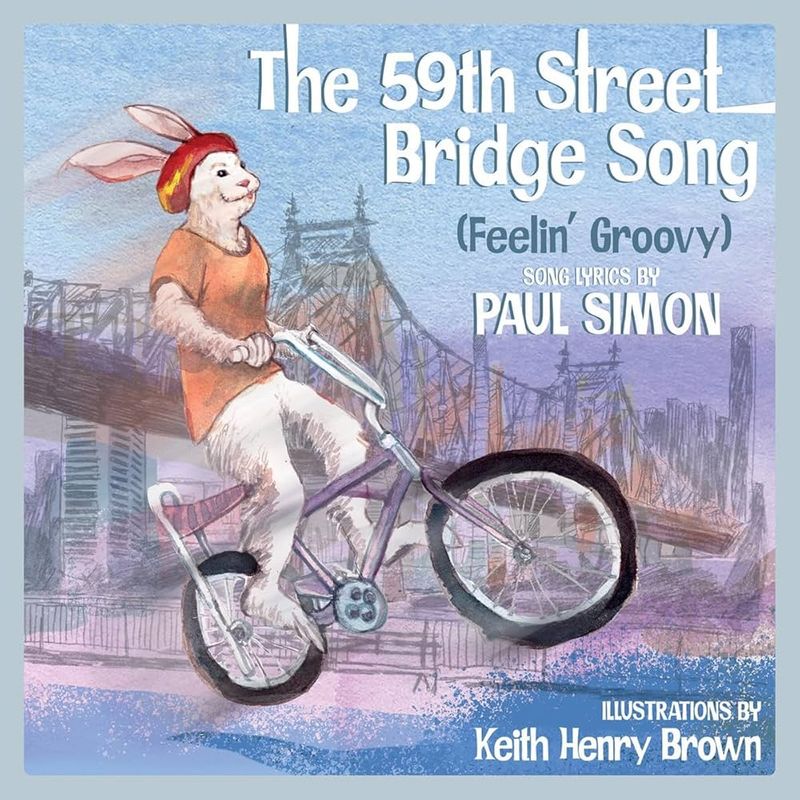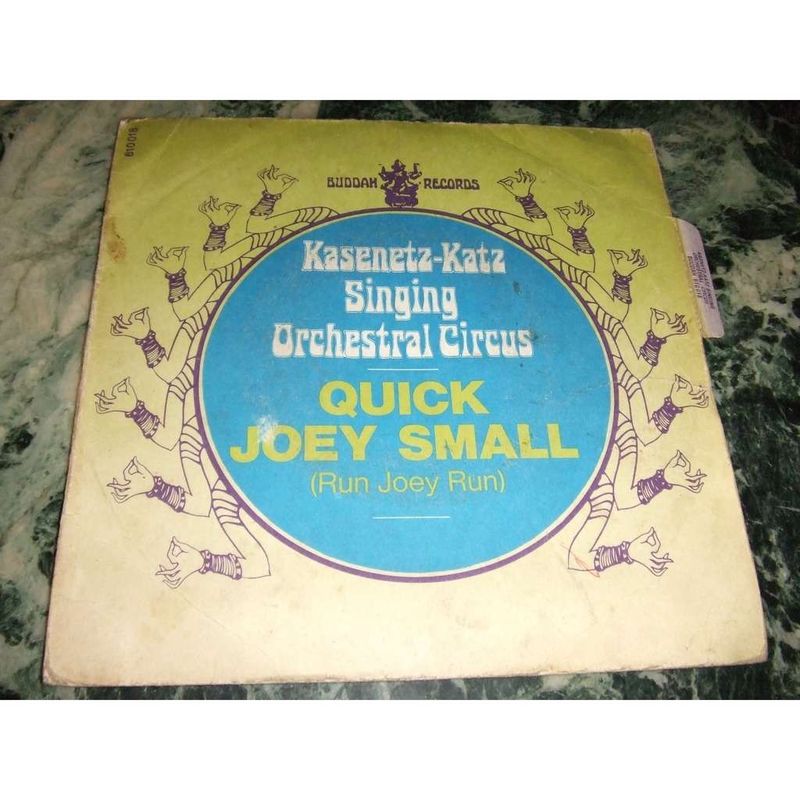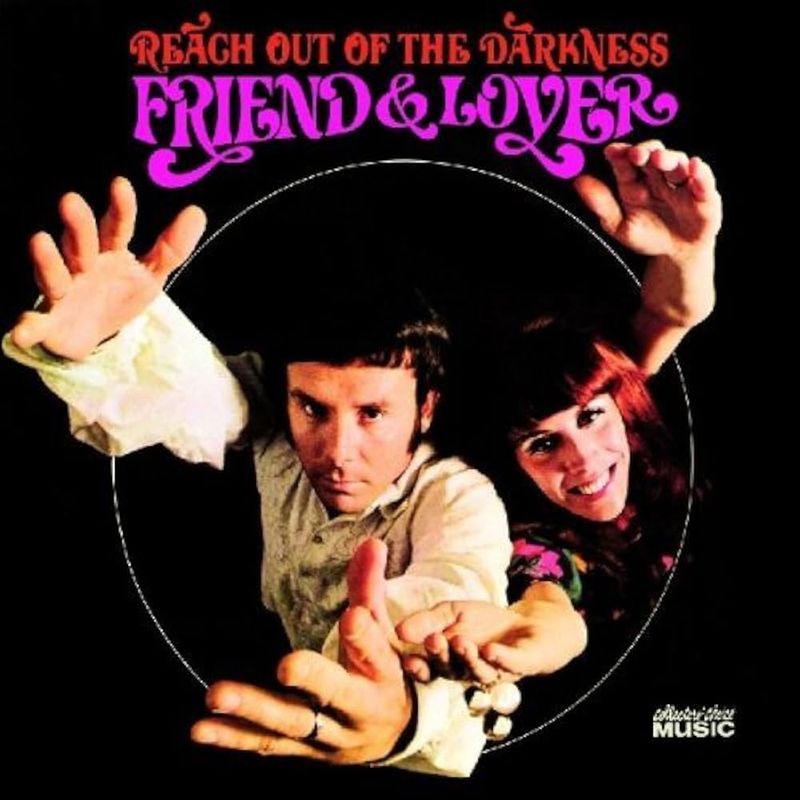The 1960s was a vibrant decade, overflowing with musical innovation and cultural shifts. Many songs became anthems, capturing the spirit of the era. However, not every hit could stand the test of time.
This blog post explores 35 tracks from the 1960s that once topped the charts but have since slipped into obscurity. Join us on this nostalgic journey as we rediscover these forgotten gems, each with its own unique charm and history.
1. “Abergavenny” by Marty Wilde
In 1968, Marty Wilde took listeners to “Abergavenny,” a whimsical track that brought a touch of British charm to the charts.
Despite its catchy tune and playful lyrics, it quickly faded into the background. Wilde, primarily known for his rock and roll hits, ventured into a lighter sound with this song.
The vibrant imagery painted by the song’s lyrics invited listeners to imagine a quaint town with bustling markets and cheerful residents.
Today, “Abergavenny” stands as a nostalgic reminder of Wilde’s versatility and the fleeting nature of musical success. Rediscovering it offers a delightful glimpse into the past.
2. “Sukiyaki” by Kyu Sakamoto
Kyu Sakamoto’s “Sukiyaki” soared to international success in 1963, becoming one of Japan’s most famous exports.
The song’s soothing melody and heartfelt lyrics captured audiences worldwide, despite language barriers. However, its presence in mainstream music gradually diminished.
“Sukiyaki” was unique, being one of the few non-English songs to top the U.S. charts. Its melancholic yet uplifting tone resonated deeply, offering solace and hope.
Rediscovering “Sukiyaki” today reveals a timeless piece, echoing the universal language of music and emotions. This classic remains a cherished gem in the annals of music history.
3. “Little Arrows” by Leapy Lee
In 1968, Leapy Lee’s “Little Arrows” made a brief splash in the music scene. With its infectious rhythm and cheerful vibe, the song quickly climbed the charts before retreating into obscurity.
Lee’s playful delivery brought the whimsical lyrics to life, creating a light-hearted listening experience.
“Little Arrows” portrayed love’s unpredictable nature, comparing emotions to playful arrows that strike unexpectedly. This track stands as a testament to the era’s carefree spirit and catchy tunes.
Re-listening today offers a charming reminder of the simplicity and joy found in 1960s pop music.
4. “The Rain, the Park & Other Things” by The Cowsills
The Cowsills brought light and harmony with “The Rain, the Park & Other Things” in 1967. Known for their family band dynamics, the song encapsulated joyful and carefree vibes. Despite its success, it faded from the modern music scene, overshadowed by other hits.
The track’s whimsical storytelling and harmonious melodies painted vivid pictures of youthful innocence and wonder. Today, rediscovering this hit unveils a glimpse into the vibrant pop culture of the 60s.
It’s a charming relic, reminding us of simpler times and the Cowsills’ contribution to the pop music landscape.
5. “Judy in Disguise (With Glasses)” by John Fred and His Playboy Band
In 1968, “Judy in Disguise (With Glasses)” by John Fred and His Playboy Band offered a playful parody of contemporary hits. Its catchy tune and humorous lyrics made it a temporary sensation. However, like many novelty songs, it eventually faded away.
This whimsical track poked fun at the psychedelic era’s eccentricities, with a melody that matched its lighthearted theme. Today, revisiting “Judy in Disguise” provides a delightful throwback to a time of experimentation and creativity in music.
It’s a reminder of how humor and satire once held a significant place in pop culture.
6. “Western Union” by The Five Americans
The Five Americans brought “Western Union” to the airwaves in 1967, a song characterized by its upbeat tempo and catchy chorus.
Despite its initial popularity, it soon slipped into the background of music history. The song’s theme revolved around the excitement and anticipation of receiving a telegram.
The energetic beat and relatable lyrics made it a favorite during its time. Today, “Western Union” serves as a nostalgic reminder of the era’s communication methods and the band’s brief moment in the spotlight. Listening to it now offers a snapshot of 1960s pop culture.
7. “In the Year 2525” by Zager and Evans
“In the Year 2525” by Zager and Evans captured imaginations in 1969 with its dystopian vision of the future. The song’s haunting melody and thought-provoking lyrics resonated with audiences, yet it eventually faded from mainstream awareness.
This track’s speculative nature and commentary on technological advancement offered a glimpse into the concerns of its time. Rediscovering “In the Year 2525” today provides an intriguing reflection on past predictions.
It’s a compelling reminder of how music can encapsulate societal fears and aspirations, making it a fascinating piece of 1960s history.
8. “Love Is Blue” by Paul Mauriat
Paul Mauriat’s instrumental hit “Love Is Blue” enchanted audiences in 1968, topping charts worldwide with its soothing orchestral arrangement.
Despite its widespread success, the piece gradually faded into the background as music trends evolved.
The song’s elegant melody conveyed emotions without words, making it a timeless classic for its era. Rediscovering “Love Is Blue” today offers a calming escape, a reminder of the beauty found in instrumental music.
It stands as a testament to the power of orchestral composition in evoking deep emotions and creating lasting impressions.
9. “Green Tambourine” by The Lemon Pipers
In 1967, The Lemon Pipers gifted the world “Green Tambourine,” a psychedelic pop hit that briefly lit up the charts.
Despite its catchy beat and vibrant visuals, it soon receded into the annals of forgotten songs. The track celebrated the era’s experimental spirit and colorful aesthetics.
“Green Tambourine”‘s infectious rhythm and playful lyrics encouraged listeners to embrace creativity and imagination. Today, revisiting this track offers a nostalgic journey into the 1960s psychedelic movement.
It’s a reminder of a time when music dared to explore new frontiers, leaving a lasting impression on the cultural landscape.
10. “Young Girl” by Gary Puckett & The Union Gap
Gary Puckett & The Union Gap made waves with “Young Girl” in 1968, a song that captivated audiences with its earnest lyrics and powerful vocals.
Despite its initial success, it gradually faded from popular consciousness. The track’s narrative focused on the complexities of youthful love and longing.
“Young Girl” showcased Puckett’s emotive singing style, leaving a lasting impact on listeners. Rediscovering it today reveals a poignant snapshot of 1960s romanticism and musical artistry.
It’s a reminder of the band’s contribution to the era’s music scene, offering a heartfelt exploration of youthful emotions.
11. “The Ballad of Bonnie and Clyde” by Georgie Fame
Georgie Fame’s “The Ballad of Bonnie and Clyde” brought a slice of American folklore to the charts in 1968.
The song’s catchy tune and narrative style captivated listeners, yet it eventually faded from mainstream playlists. It recounted the infamous duo’s exploits with a playful, jazzy rhythm.
This track stood out for its storytelling approach, merging historical tales with musical flair. Rediscovering “The Ballad of Bonnie and Clyde” today offers a unique glimpse into how music can bring history to life.
It’s a charming relic from the 1960s, blending rhythm and narrative in delightful harmony.
12. “Groovin’ Is Easy” by The Electric Flag
The Electric Flag’s “Groovin’ Is Easy” hit the scene in 1968, blending rock, blues, and soul into an unforgettable track.
Despite its innovative sound, it faded into obscurity as other musical movements took center stage. The song emphasized the era’s free-spirited ethos and creative expression.
“Groovin’ Is Easy” showcased the band’s diverse talents and willingness to push musical boundaries. Today, rediscovering this track offers a fascinating insight into the psychedelic and soulful sounds of the 1960s.
It’s a reminder of a time when music was a playground for experimentation and artistic exploration.
13. “Reflections of My Life” by Marmalade
Marmalade’s “Reflections of My Life” emerged in 1969, offering a poignant reflection on nostalgia and life’s passage.
The song’s haunting melody and introspective lyrics struck a chord, yet it gradually faded from collective memory. It captured the essence of longing and self-discovery.
This track’s emotional depth and evocative soundscapes made it a standout piece of its time. Rediscovering “Reflections of My Life” today provides a moving experience, allowing listeners to reconnect with the past.
It’s a timeless reminder of the power of music to evoke emotions and reflect personal journeys, echoing through decades.
14. “Beans in My Ears” by The Serendipity Singers
The Serendipity Singers brought a touch of humor with “Beans in My Ears” in 1964, a novelty song that briefly delighted audiences.
Despite its catchy tune and playful lyrics, it quickly faded into obscurity. The song’s whimsical narrative revolved around a child’s mischievous antics.
“Beans in My Ears” showcased a lighthearted approach to music, offering a break from more serious themes. Rediscovering this track today provides a joyful reminder of the playful side of 1960s music.
It’s a charming relic, inviting listeners to embrace humor and whimsy in their musical explorations.
15. “Elusive Butterfly” by Bob Lind
Bob Lind’s “Elusive Butterfly” fluttered onto the scene in 1966, capturing hearts with its delicate melody and poetic lyrics.
Despite its initial success, the song gradually disappeared from the mainstream. It was a gentle meditation on love and the search for elusive happiness.
“Elusive Butterfly” stood out for its introspective and tranquil nature, offering a soothing listening experience. Rediscovering this track today reveals a serene slice of 1960s folk music, inviting reflection and introspection.
It’s a reminder of the era’s focus on lyrical beauty and emotional depth in songwriting.
16. “Spooky” by Classics IV
Classics IV brought a touch of mystery with “Spooky” in 1967, a song with a haunting melody and intriguing lyrics. Despite its initial popularity, it slowly faded from the forefront of musical memory. The track captured the essence of love’s unpredictability and allure.
“Spooky” stood out for its unique blend of jazz and pop influences, creating an enchanting soundscape. Rediscovering this hit today offers a nostalgic journey into the mysterious side of 1960s music.
It’s a captivating reminder of the era’s diverse musical landscape and the timeless allure of intriguing melodies.
17. “Incense and Peppermints” by Strawberry Alarm Clock
Strawberry Alarm Clock’s “Incense and Peppermints” burst onto the scene in 1967, a quintessential psychedelic hit that briefly captured the era’s spirit.
Despite its vibrant sound and catchy refrain, it gradually faded into obscurity. The song embodied the experimental essence of the 60s.
“Incense and Peppermints” was a kaleidoscope of sound, inviting listeners to explore their imagination and embrace creativity. Today, rediscovering this track offers a vivid glimpse into the psychedelic movement’s colorful world.
It’s a reminder of a time when music pushed boundaries and celebrated artistic freedom.
18. “Time of the Season” by The Zombies
The Zombies enchanted audiences with “Time of the Season” in 1968, a song that seamlessly blended rock and psychedelic influences.
Despite its initial success, it faded into the background as musical trends evolved. The track’s distinctive rhythm and introspective lyrics captured listeners’ imaginations.
“Time of the Season” showcased the band’s innovative sound and lyrical depth, leaving a lasting impression on those who heard it. Rediscovering this hit today offers a nostalgic journey into the 1960s music scene.
It’s a timeless reminder of the era’s artistic creativity and the enduring power of evocative melodies.
19. “Last Night in Soho” by Dave Dee, Dozy, Beaky, Mick & Tich
“Last Night in Soho” by Dave Dee, Dozy, Beaky, Mick & Tich hit the scene in 1968, capturing the vibrant nightlife of London’s Soho district.
Despite its energetic beat and narrative style, it gradually faded from the forefront of music history. The song painted vivid pictures of urban adventures.
This track stood out for its dynamic storytelling and catchy rhythm, offering a snapshot of 1960s nightlife. Rediscovering “Last Night in Soho” today provides an exciting glimpse into the cultural heartbeat of the era.
It’s a lively reminder of the band’s contribution to the swinging 60s music scene.
20. “Little Green Bag” by George Baker Selection
In 1969, George Baker Selection introduced the world to “Little Green Bag,” a track that quickly climbed the charts. Despite its initial success, it gradually faded into the background. The song’s catchy rhythm and distinctive sound captured the spirit of its time.
“Little Green Bag” became synonymous with the groove and style of the late 60s. Rediscovering this track today offers a nostalgic journey into the era’s music scene, inviting listeners to sway to its infectious beat.
It’s a reminder of the dynamic soundscapes that characterized the decade and the band’s brief moment in the spotlight.
21. “Arizona” by Mark Lindsay
Mark Lindsay’s “Arizona” burst onto the scene in 1969, capturing the spirit of freedom and exploration. Despite its initial popularity, the song eventually faded from mainstream music. Its narrative focused on wanderlust and the allure of the open road.
“Arizona” embodied the adventurous spirit of the 60s, inviting listeners to embrace the unknown and explore new horizons.
Rediscovering this track today offers a nostalgic journey into the era’s cultural landscape. It’s a reminder of a time when music inspired dreams and captured the essence of adventure and discovery.
22. “The Night the Lights Went Out in Georgia” by Vicki Lawrence
Vicki Lawrence’s “The Night the Lights Went Out in Georgia” captivated audiences in 1972 with its haunting melody and gripping narrative.
Despite its initial success, it gradually faded from the spotlight. The track’s storyline offered a dramatic tale of mystery and intrigue.
This song stood out for its storytelling prowess, blending music and narrative into a compelling experience. Rediscovering it today provides a captivating glimpse into the art of musical storytelling.
It’s a reminder of the timeless appeal of well-crafted tales and the emotional impact they leave on listeners.
23. “Goodbye Cruel World” by James Darren
James Darren’s “Goodbye Cruel World” entered the scene in 1961, offering a heartfelt farewell to lost love. Despite its initial popularity, it gradually faded into the background. The song’s emotive lyrics and Darren’s poignant delivery left a lasting impression.
“Goodbye Cruel World” captured the essence of heartbreak and longing, resonating with listeners seeking solace in music. Rediscovering this track today provides a nostalgic journey into the emotional landscapes of the 1960s.
It’s a reminder of the era’s romanticism and the timeless appeal of songs that touch the heart.
24. “Those Were the Days” by Mary Hopkin
Mary Hopkin’s “Those Were the Days” hit the airwaves in 1968, enchanting listeners with its nostalgic melody and wistful lyrics. Despite its initial success, it gradually faded from popular memory. The song fondly reminisced about bygone days and cherished memories.
“Those Were the Days” stood out for its evocative storytelling and timeless appeal, resonating with audiences seeking to connect with the past.
Rediscovering this track today offers a poignant reflection on the passage of time and the enduring power of nostalgia. It’s a gentle reminder of the era’s musical artistry and emotional depth.
25. “Ride My See-Saw” by The Moody Blues
The Moody Blues introduced “Ride My See-Saw” in 1968, a song that captured the spirit of adventure and exploration. Despite its initial popularity, it eventually faded into the background. The track’s dynamic sound and introspective lyrics resonated with audiences.
“Ride My See-Saw” showcased the band’s innovative approach to music, blending rock and orchestral elements into a unique soundscape. Rediscovering this track today offers an exciting glimpse into the 1960s music scene.
It’s a reminder of a time when music dared to push boundaries and explore new horizons, leaving a lasting legacy.
26. “Games People Play” by Joe South
Joe South’s “Games People Play” emerged in 1968, a song that delved into the complexities of human behavior and relationships.
Despite its initial success, it gradually faded from mainstream music. The track’s insightful lyrics and catchy melody resonated deeply with audiences.
“Games People Play” stood out for its thought-provoking themes and engaging sound, offering a reflection on societal interactions. Rediscovering this track today provides an intriguing glimpse into the introspective side of 1960s music.
It’s a reminder of the era’s focus on meaningful lyrics and the enduring impact of songs that provoke thought.
27. “One Tin Soldier” by The Original Caste
The Original Caste brought “One Tin Soldier” to the forefront in 1969, a song with a powerful message about peace and understanding.
Despite its initial popularity, it gradually faded from mainstream awareness. The track’s narrative focused on the futility of conflict and the importance of empathy.
“One Tin Soldier” resonated with audiences seeking solace and inspiration during tumultuous times. Rediscovering this track today offers a poignant reminder of the 1960s peace movement and the enduring relevance of its message.
It’s a timeless piece that continues to inspire listeners to embrace compassion and unity.
28. “(Just Like) Romeo and Juliet” by The Reflections
“(Just Like) Romeo and Juliet” by The Reflections captured hearts in 1964 with its upbeat rhythm and romantic theme. Despite its initial success, it gradually faded from popular memory. The song’s narrative revolved around youthful love and timeless affection.
This track stood out for its catchy melody and relatable lyrics, offering a snapshot of 1960s romance. Rediscovering “(Just Like) Romeo and Juliet” today provides a nostalgic journey into the era’s music scene.
It’s a charming reminder of the timeless appeal of love songs and the enduring power of heartfelt melodies.
29. “Love Grows (Where My Rosemary Goes)” by Edison Lighthouse
Edison Lighthouse introduced “Love Grows (Where My Rosemary Goes)” in 1970, a song that charmed listeners with its upbeat melody and romantic lyrics.
Despite its initial success, it gradually faded from mainstream playlists. The track celebrated the joy and wonder of newfound love.
“Love Grows” stood out for its infectious rhythm and cheerful vibe, creating a delightful listening experience. Rediscovering this track today offers a nostalgic glimpse into the romantic side of 1960s music.
It’s a reminder of the era’s focus on love and happiness, capturing the essence of youthful romance.
30. “A Whiter Shade of Pale” by Procol Harum
Procol Harum’s “A Whiter Shade of Pale” emerged in 1967, a song that captivated audiences with its haunting melody and enigmatic lyrics.
Despite its initial popularity, it faded into the background as musical trends shifted. The track’s ethereal sound and poetic narrative resonated deeply with listeners.
“A Whiter Shade of Pale” stood out for its unique blend of rock and classical influences, creating a timeless and evocative soundscape. Rediscovering this track today offers a nostalgic journey into the artistic brilliance of the 1960s.
It’s a reminder of the era’s musical innovation and the enduring allure of enigmatic melodies.
31. “The 59th Street Bridge Song (Feelin’ Groovy)” by Simon & Garfunkel
Simon & Garfunkel’s “The 59th Street Bridge Song (Feelin’ Groovy)” delighted listeners in 1966 with its cheerful rhythm and uplifting message.
Despite its initial success, it gradually faded from mainstream playlists. The track celebrated the simple joys of life and living in the moment.
“The 59th Street Bridge Song” stood out for its upbeat tempo and harmonious vocals, creating a feel-good listening experience. Rediscovering this track today offers a joyful reminder of the 1960s folk-pop scene.
It’s a timeless piece that continues to inspire listeners to embrace positivity and savor life’s simple pleasures.
32. “Quick Joey Small” by Kasenetz-Katz Singing Orchestral Circus
“Quick Joey Small” by Kasenetz-Katz Singing Orchestral Circus hit the scene in 1968, a bubblegum pop hit that briefly delighted audiences.
Despite its catchy beat and whimsical theme, it gradually faded from popular memory. The song’s narrative followed the antics of a mischievous character.
This track stood out for its playful energy and catchy chorus, offering a snapshot of 1960s pop culture. Rediscovering “Quick Joey Small” today provides a joyful journey into the era’s music scene.
It’s a charming reminder of a time when music embraced fun and creativity, leaving a lasting impression on listeners.
33. “Reach Out of the Darkness” by Friend & Lover
Friend & Lover introduced “Reach Out of the Darkness” in 1968, a song that captured the spirit of hope and unity.
Despite its initial success, it gradually faded from mainstream awareness. The track’s uplifting message and upbeat melody resonated with audiences during a time of change.
“Reach Out of the Darkness” stood out for its positive themes and harmonious vocals, offering a reflection on the power of connection.
Rediscovering this track today provides a nostalgic glimpse into the 1960s music scene. It’s a reminder of the era’s focus on love and unity, inspiring listeners to embrace compassion and togetherness.
